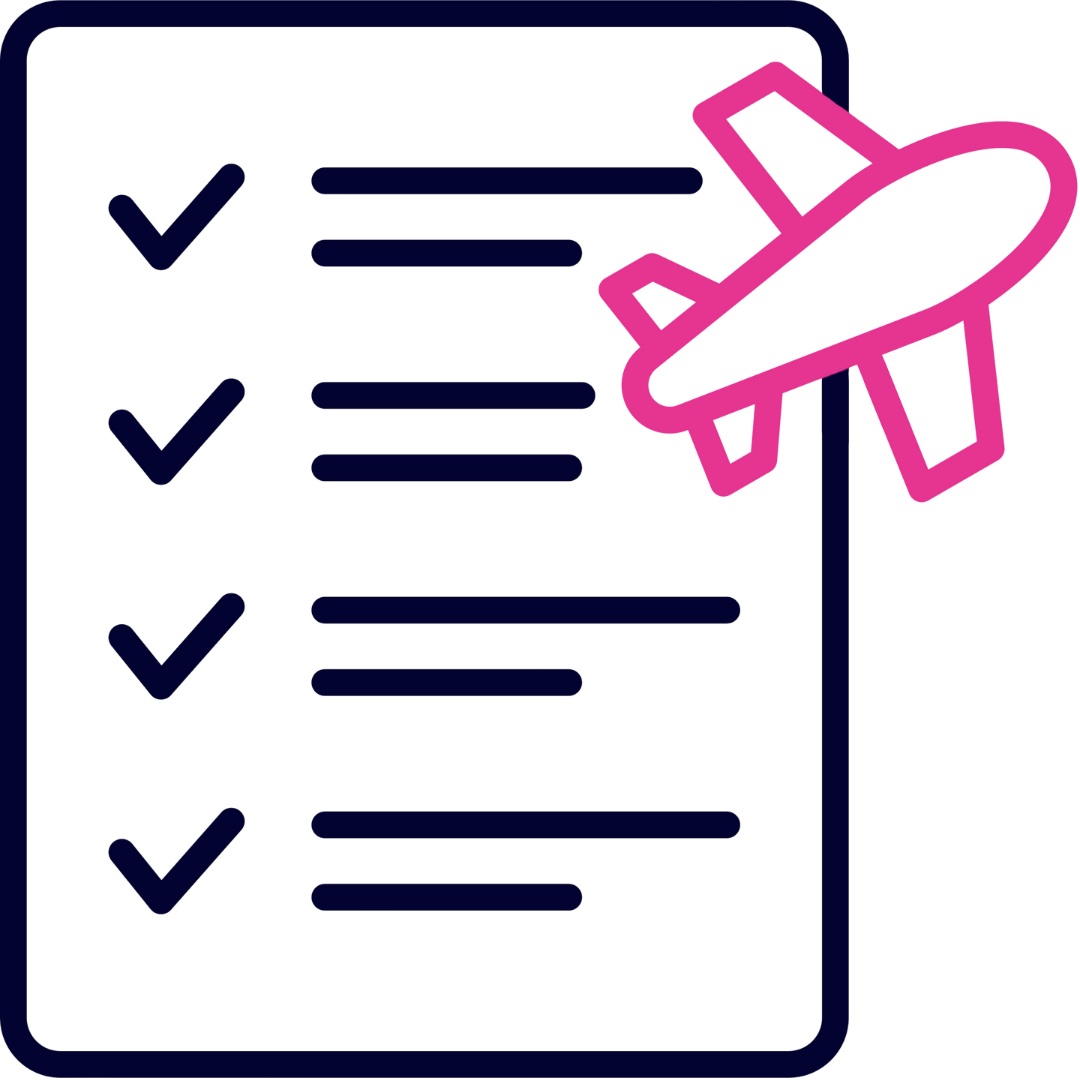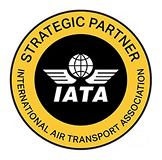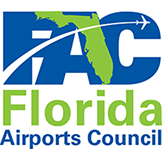Boosting passenger experience drives 80% of travelers to spend more at the airport
Boosting passenger experience drives 80% of travelers to spend more at the airport
• However, 54% have no time to visit stores or restaurants due to airport wait times
• 55% would choose one airport over another if it offers a better experience
13 June 2024: New research from AeroCloud, the intelligent airport management platform, reveals that 70% of consumers globally plan to sustain or increase their leisure or business air travel in the next 12 months, but will prioritize travelling from airports that offer a better experience (55%).
The Destination Airport: The Runway to Revenue Growth report, which surveyed 5,000 consumers across the U.S., U.K., Canada and Italy, exposes the passenger experience priorities and pain points that airport leaders must address if they want to benefit from the boom in air travel, which is expected to reach a staggering 9.7 billion passengers in 2024.
The research finds that airport loyalty is a thing of the past when choosing departure airports, with shorter queues and reduced wait times in security and check-in topping the list of experiences that make passengers choose to travel from one airport over another.
Better experiences translate into higher spending
Passengers spend more when experiencing a seamless journey through the airport. For example, 80% of passengers indicate they would spend more if they could move through check-in and security more quickly. It would also maximize the spending potential of the 60% of passengers who intentionally arrive early so that they can shop, dine and/or relax at the airport.
This presents a significant opportunity as passengers already spend on average $66 per visit on duty-free purchases (such as perfume, alcohol and cigarettes), $63 on restaurants, and $60 on parking per visit.
However, 54% of passengers report they have no time to visit stores or restaurants because it takes too long to get through the airport. This undermines airports’ opportunities to unlock revenue from passenger spending, which is the #1 revenue driver for US airports.
The variety of destinations and airlines is also a driver for passengers. Over half would fly from one airport over another because it has cheaper flights (57%). Other influential factors include the variety of destinations offered (40%) and whether their preferred airline operates from the airport (35%).
The blueprint to become a Destination Airport
With 74% of airport leaders rightly concerned about passengers choosing to fly from another nearby airport, airport leaders need to understand and address the wants and needs of their passengers to capture the boom in air travel.
These include:
- • Cutting queue times: Over half of passengers (54%) feel they spend all their time in airports waiting in queues and as a result, they have no time to visit stores or restaurants. It’s no surprise then that over half of passengers (51%) say they would pay more to speed up this process so they can get through to departures faster
- • Offering tech-enabled self-service: For 21% of passengers, the availability of self-service options, such as check-in kiosks, is a deciding factor in choosing one airport over another. 41% also want to see updated security scanners introduced to save removing liquids and electrical items from their bags at security.
- • Dispel the markup myth: 81% of passengers believe prices in airport retail and dining establishments are too high. And 45% spend as little time in departures as possible to avoid what they deem to be unnecessary expenditures. By offering attractive incentives, such as discount codes, airports can entice the 76% of passengers who are tempted with value propositions.
- • Investing in the business travel experience: Business travelers in the U.S. spend nearly double the amount spent by leisure travelers, including on fast track services, airport lounges, duty-free purchases. Restaurants account for their highest spending category ($85.96).
- • Creating an inclusive environment: Over a quarter of airports recognize the importance of catering to all passengers. This includes improving accessibility for passengers with disabilities, creating designated areas for neurodiverse passengers, such as those with autism, and zoning the airport for different experiences.
- • Having something for the whole family: Providing play areas and entertainment options makes the journey more enjoyable for kids, so it’s unsurprising that 18% of passengers travelling as a family would choose an airport based on family-friendliness. 64% would also be more likely to spend money at the airport if entertainment facilities were available.
- • Increasing capacity to introduce new airlines/routes: Three of the top four factors influencing passengers’ decisions relate to flight destinations and the airlines serving them. To increase their capacity for new airlines, airport operations leaders can embrace a more agile and flexible approach to infrastructure management.
George Richardson, CEO and co-founder, of AeroCloud, said:
The future is looking bright for global air travel as it experiences a huge surge in passenger volumes. This is encouraging for global airport leaders, particularly given as recently as October 2023, 52% of leaders were worried about the financial stability of their airport, with 37% still in debt.
It presents a massive opportunity for the airport sector to soar to new heights. However, our research shows that passengers won’t settle for mediocre experiences and if airport leaders get it wrong, they will lose out on attracting these new passengers to neighboring travel hubs.
Consumers want seamless, self-service experience powered by tech. Discerning passengers are looking for comfortable and inclusive environments, with more choices in concession areas. We’re confident that airport sector leaders are committed to meeting passenger demands for improved experiences. With today’s innovative technology, talent and partners, airports have access to all the necessary tools needed to attract and retain passengers, boost passenger spending, and capitalize on the boom in air travel.
For recommendations on where airport leaders should focus investments to become a magnet for the growing number of passengers, download AeroCloud’s Destination Airport: The Runway to Revenue Growth report below.
ENDS
Methodology
AeroCloud commissioned Censuswide to survey 5,000 adults who had flown in the past 12 months between 02.28.2024 and 03.01.2024. Survey respondents were from the U.S. (2000), United Kingdom (2000), Canada (500) and Italy (500).
About AeroCloud
AeroCloud creates modular and scalable intelligent airport management software built on leading-edge technology. The cloud-native platform uses predictive artificial intelligence and machine learning to make operations, IT and commercial teams’ jobs easier by centralizing airport data, automating tasks, predicting passenger numbers and managing gate usage in real-time, increasing an airport’s passenger handling capacity. Together with its common-use passenger processing and self-service solutions and AeroCloud Optic, industry-first and multi-award-winning passenger count and track technology, AeroCloud delivers an innovative answer to the complex operational challenges experienced by airports across the globe, supporting 60 airports across the US and Europe, and processing over 190 million passengers annually. It is focused on expanding its North American, European and UK markets throughout 2024. https://aerocloudsystems.com/
Media contact
AeroCloud@TheFlywheelers.com









 13th June 2024
13th June 2024 







